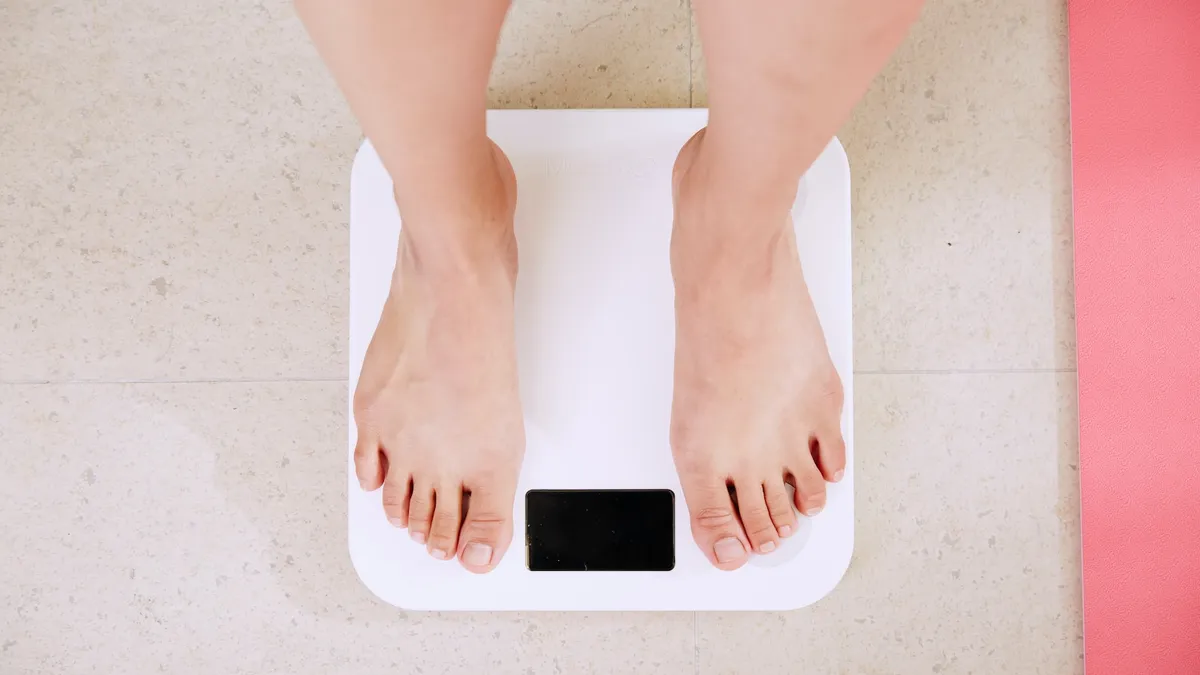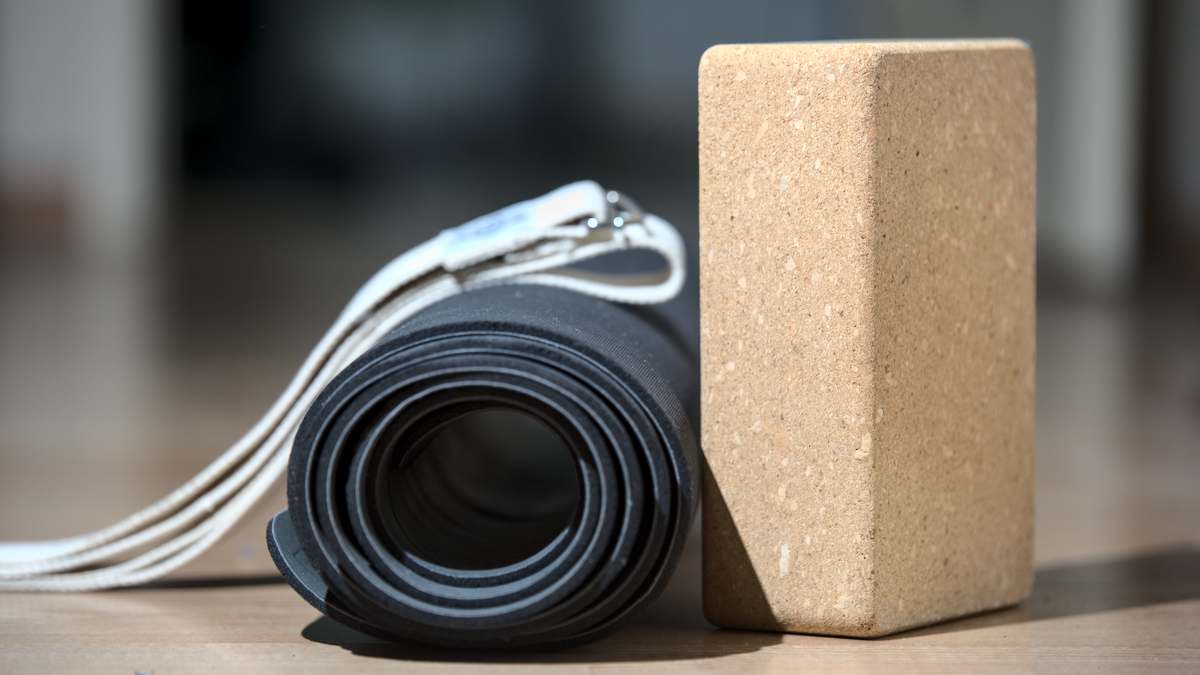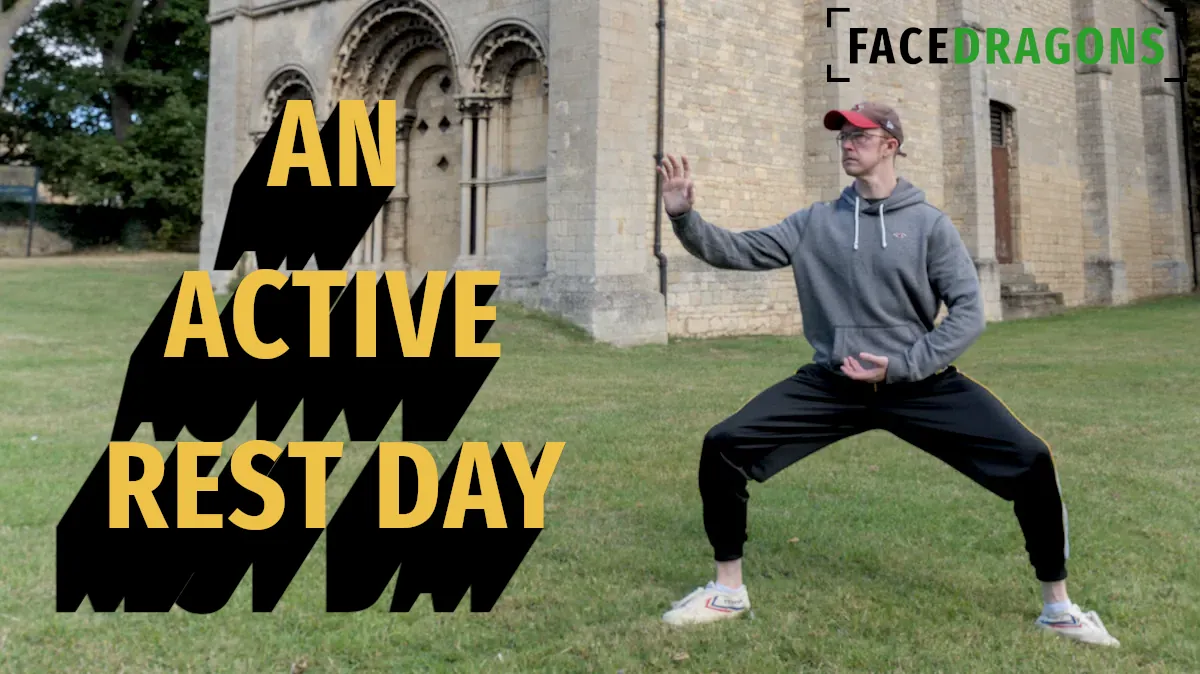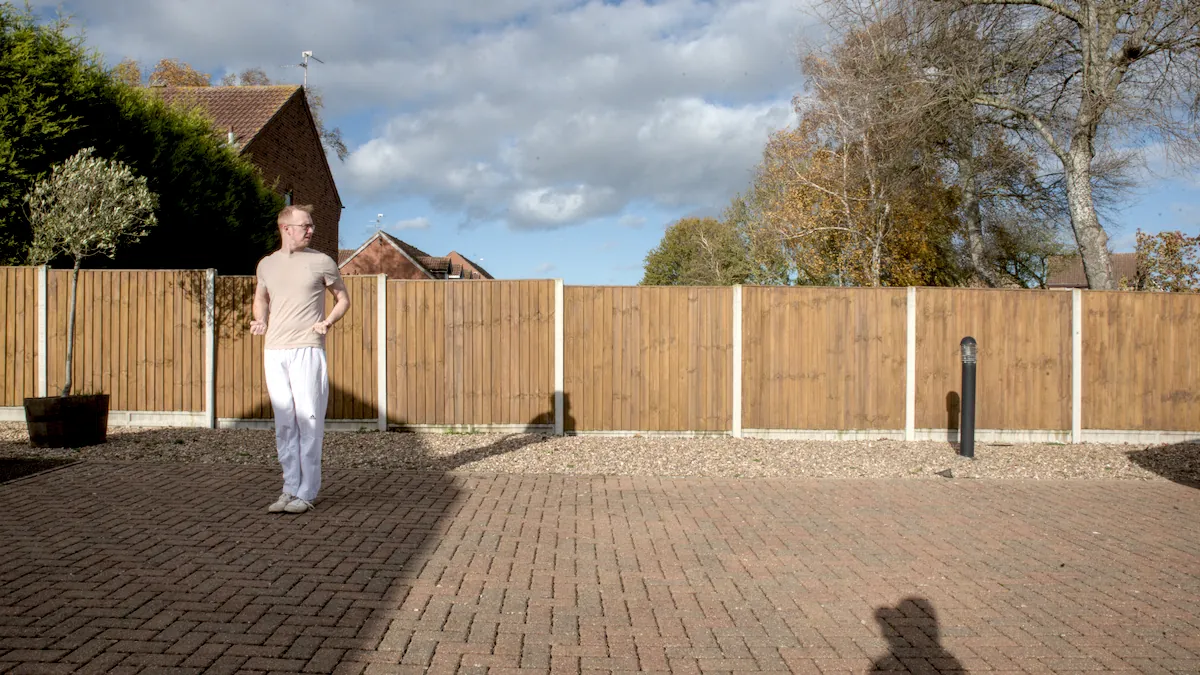Either you’ve clicked on this article because you don’t know what skinny fat is, or you want a solution to your skinny fat problem. You want to look better, feel better and be healthier. It won’t be that hard to get rid of your skinny fat body; skip to the last section if you want to get your lean, aesthetic body right away.
What Is Skinny Fat?
Skinny fat seems to be the default look of people that don’t work out but aren’t noticeably overweight. It can be hard to judge if someone is skinny fat, so let me lay it all out so you can tell if you are skinny fat; then look below for what to do.
Is There a Scientific Definition?
Skinny fat obviously isn’t a scientific term, but there is a related term scientists, dietitians, and health care professionals use – Normal Weight Obesity (NWO).
Normal weight obesity is a category of people with a typical range body mass index (BMI) but still have high body fat to lean mass ratio. But this isn’t necessarily the same as “skinny fat,” NWO results from the problem with using a body mass index calculator rather than calculating body fat percentage or some other marker.
Mike Tyson, in his prime, at 5 feet 11 (180cm) and 218 lbs (100kg), was obese, according to the body mass index.
Similarly, you could be tall with a big gut and be classed as normal weight obese, but that doesn’t make you skinny fat. Skinny fat is something different.
A skinny fat body seems relatively thin, especially when wearing clothes, but actually, they hold a lot of fat across their bodies. Why do they still look thin despite having so much fat? Two main reasons contribute to their overall aesthetic.
1. Their bodies store fat evenly.
Most people have one or two places where all those extra doughnuts or beers go. For some, it may be their bellies, hips, or thighs, while for many people, it all goes to their asses. I’m sure as you read that thought of the place where your body stores fat (mine is on my belly.)
If they skip too many workouts or eat a lousy diet, those people end up with large bellies, hips, etc. But for people who store fat everywhere, they don’t get a big belly or a fat ass. Instead, they might only gain an inch or so all over their body which doesn’t have a noticeable effect.
2. They have fat where their muscle should be.
Some people appear to be regular size, but when you give them a squeeze on the arm or a pat on the backside, you realize they don’t have that hard layer of muscle under their fat; it’s soft the whole way through. It’s not that they don’t have muscle; it’s just that their muscles have remained underdeveloped after an inactive life.
They have the appearance of being thin while holding a considerable amount of body fat.
Does Skinny Fat Cause Health Problems?
There are health risks if you are skinny fat, NWO, or just overweight, and although the risks vary, the health conditions you can expect are the same, including:
- High blood pressure
- High LDL cholesterol, low HDL cholesterol, or high levels of triglycerides (dyslipidemia)
- Type 2 diabetes
- Coronary heart disease
One recent study found that people with normal BMI but high body fat to lean mass ratio “have a greater than 3-fold higher risk of all-cause mortality and/or cardiovascular events.”
So you should do something not necessarily to lose weight but to increase your lean body mass to body fat ratio.
What to Do About Being Skinny Fat?
If you are skinny fat or know someone who is, you’ve probably already thought of their options:
- Lose fat
- Gain Muscle
But there is a third way. Let’s talk about the two obvious choices first.
Lose Fat
Anyone with any experience with losing fat may know it isn’t a quick or enjoyable experience. Cutting back calories, depriving yourself of the things you like, and trying to burn as many calories as you can while in the gym all make for a miserable time. Unless you love doing cardio (yeah, right!)
Gain Muscle
The other option is to gain muscle to get rid of the skinny fat look. Putting on muscle mass is more challenging than losing fat and takes much longer. And, of course, it doesn’t deal with the fat side of skinny fat.
Putting on more muscle does more than just make you look more masculine (if you’re a man.) Gaining muscle using a traditional bulk will actually see you gain even more fat, so although your muscles will grow, you’ll just appear chunky and chubby. No one will see the muscle you’ve trained so hard for because it will be under a thick layer of fat.
There must be another way! A method that doesn’t mean getting fatter or skinnier; isn’t there something in the middle?
The answer you’re looking for is the body recomp
Body Recomposition: The Answer to Skinny Fat
A body recomposition is precisely what it sounds like; it’s a training and diet method designed to change your body composition. Specifically, your muscle-to-fat ratio. It’s a way to gain muscle and lose fat simultaneously.
Let’s be clear: a body recomp is not the best way to gain muscle, and it’s not the best way to lose weight, but it’s the fastest way to go from skinny fat to good-looking!
Here’s how it works:
Step One: Figure Out the High Calories Items you’re Consuming
For some people, this step is easy, fast food, snacks, etc. But if you’re unsure, here’s how to find those things keeping you chubby
- Start with drinks – Sodas, Juices, Alcohol, and almost everything at Starbucks.
- Between Meals – What are you snacking on? If it comes from a packet, it’s probably high calorie.
- Meals – Use an app like MyFitnessPal to track your calories for a couple of days and determine where most calories are coming from.
Step Two Quit
I’m not going to tell you to go from eating a Standard American Diet (SAD) to a super healthy bodybuilder’s diet of chicke
n breast and broccoli or to start keto. Instead, this will be easier and still make a huge difference:
- Quit drinking the highest-calorie drink from step one.
- Quit eating the highest-calorie snack.
- Quit eating the highest-calorie meal.
Rather than completely changing your diet (which will make you want to give up), just quit the three highest-calorie things. You can still have everything else you usually eat!
Step Three Add Protein
Your body needs protein to build muscle. If you don’t eat enough protein, your body can’t build muscle, and it can’t maintain muscle.
How much protein do you need? There are protein calculators and ways to figure that out, but the number is irrelevant unless you want to weigh all your food and do a math problem every time you sit down to eat. Instead, just do this:
- Even out your meals
Think about a slice of pizza. It’s a thick piece of bread covered in cheese, with a few tiny pieces of meat on top. Sound even?
No, pizza has a ton of carbs (the base), lots of fat (the cheese), and very little protein (the meat.)
Now, imagine a steak with some mashed potatoes. I bet you’re imagining a the steak and potatoes are about the same size, right? That’s more even.
Don’t worry about all the variables; just prioritize protein.
Step Four Lift Weights
You might be tempted to run on a treadmill to get rid of excess fat; or to chose a martial art or other sport to learn, they won’t hurt your new body goals.
But to gain muscle, you must lift weights.
Do you need the perfect program for body recomposition? Or Arnold’s exact work program? No, any program will work. You’ll see results no matter what you do as a beginner lifter. So pick a workout program that you like and stick to it.
That’s It!
These four steps are the answer to finally eliminating skinny fat and getting the body you want. And it isn’t all that challenging!
When you start making progress after a month or so, you can go through the steps again, remove some more high-calorie items from your diet, and even change up your workout program if you’re bored with it. Doing this will increase the rate of your body’s recomposition.
Meet Gregory, a writer and the brains behind Face Dragons. He's the go-to guy for getting things done.
Gregory's been living the digital nomad life in Asia for as long as anyone can remember, helping clients smash their goals. He writes on topics like software, personal knowledge management (PKM), and personal development. When he's not writing, you'll catch him at the local MMA gym, nose buried in a book, or just chilling with the family.







